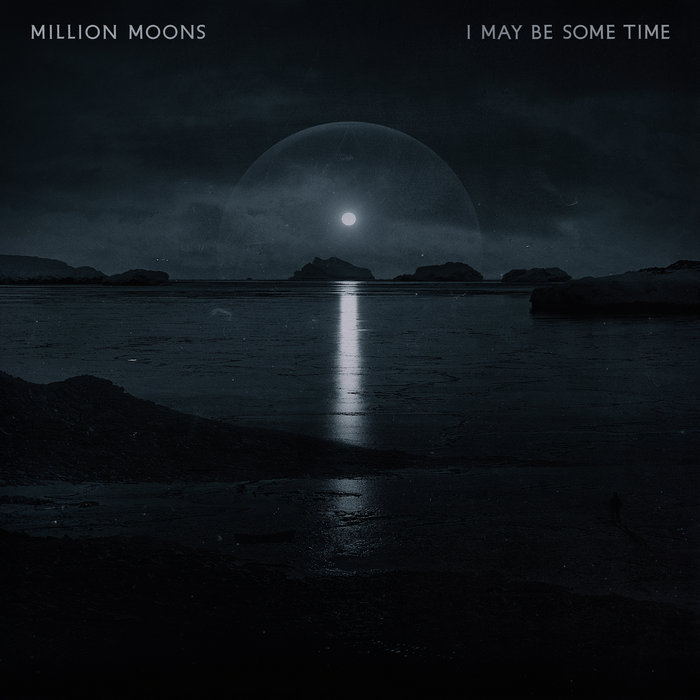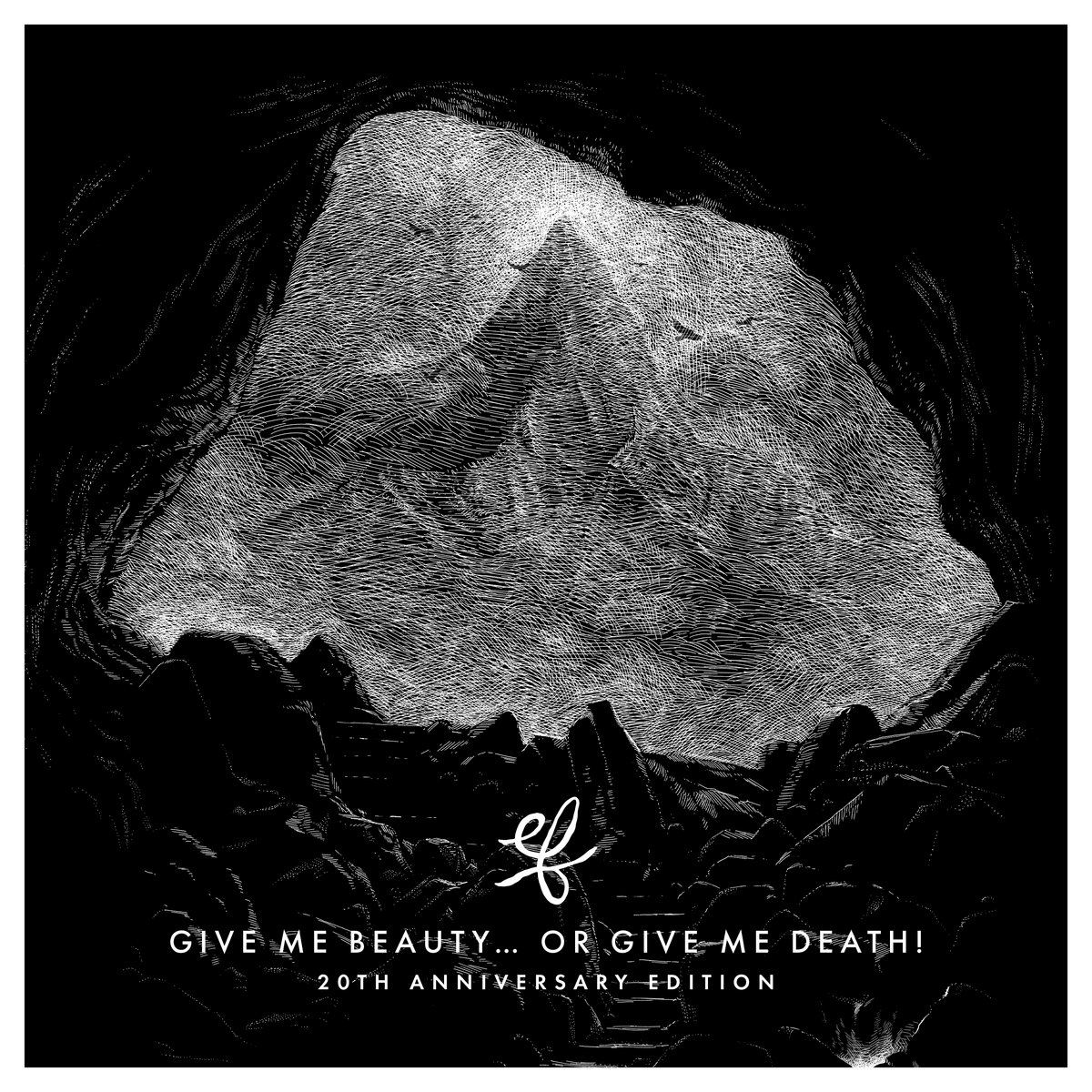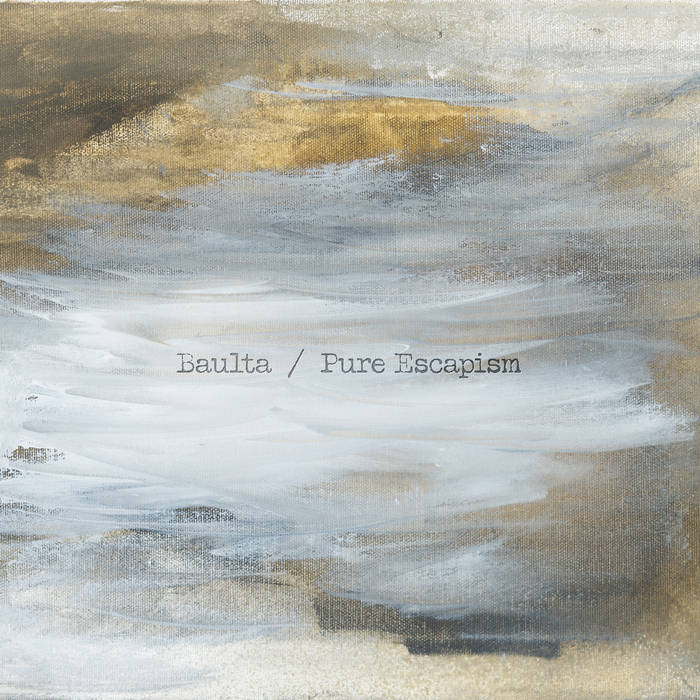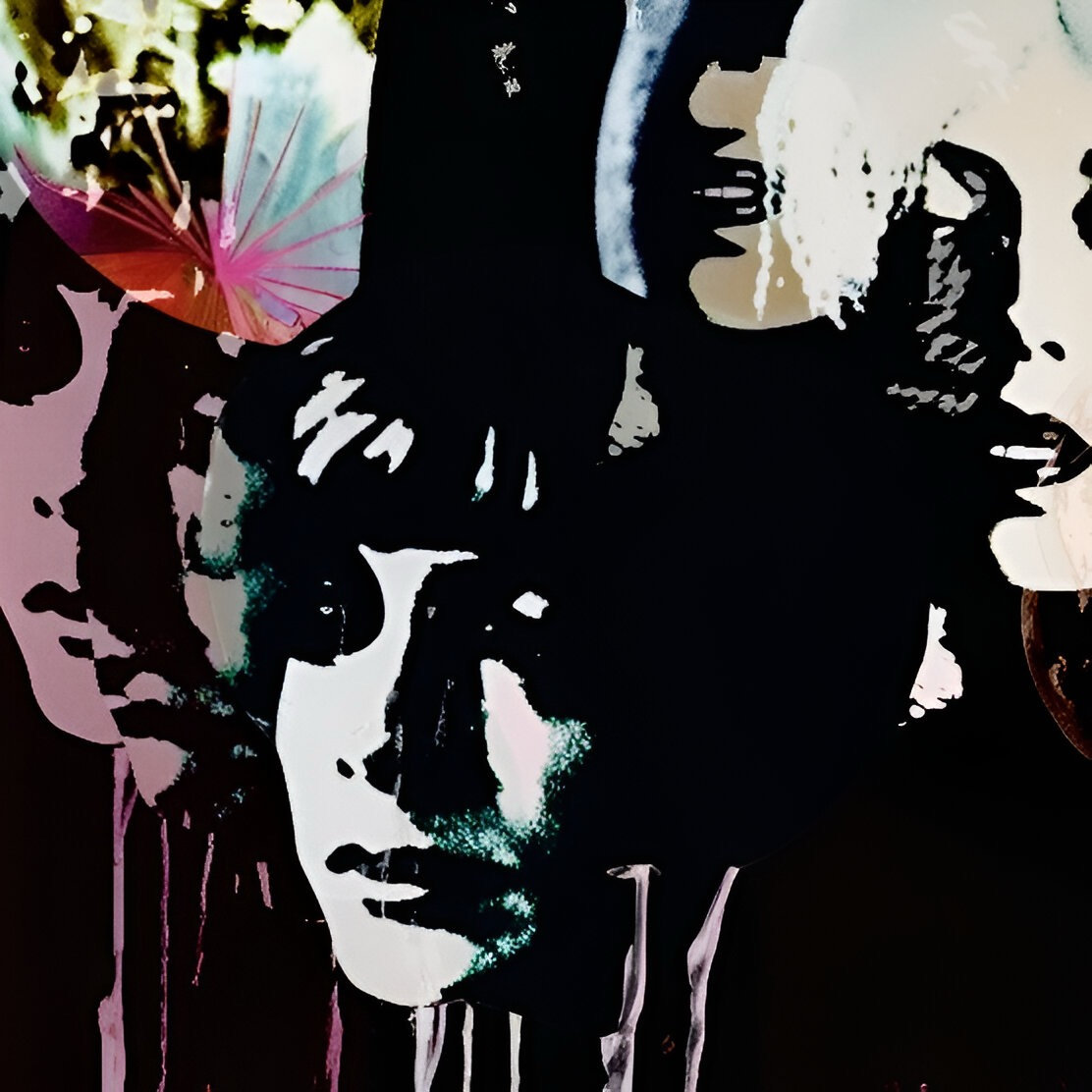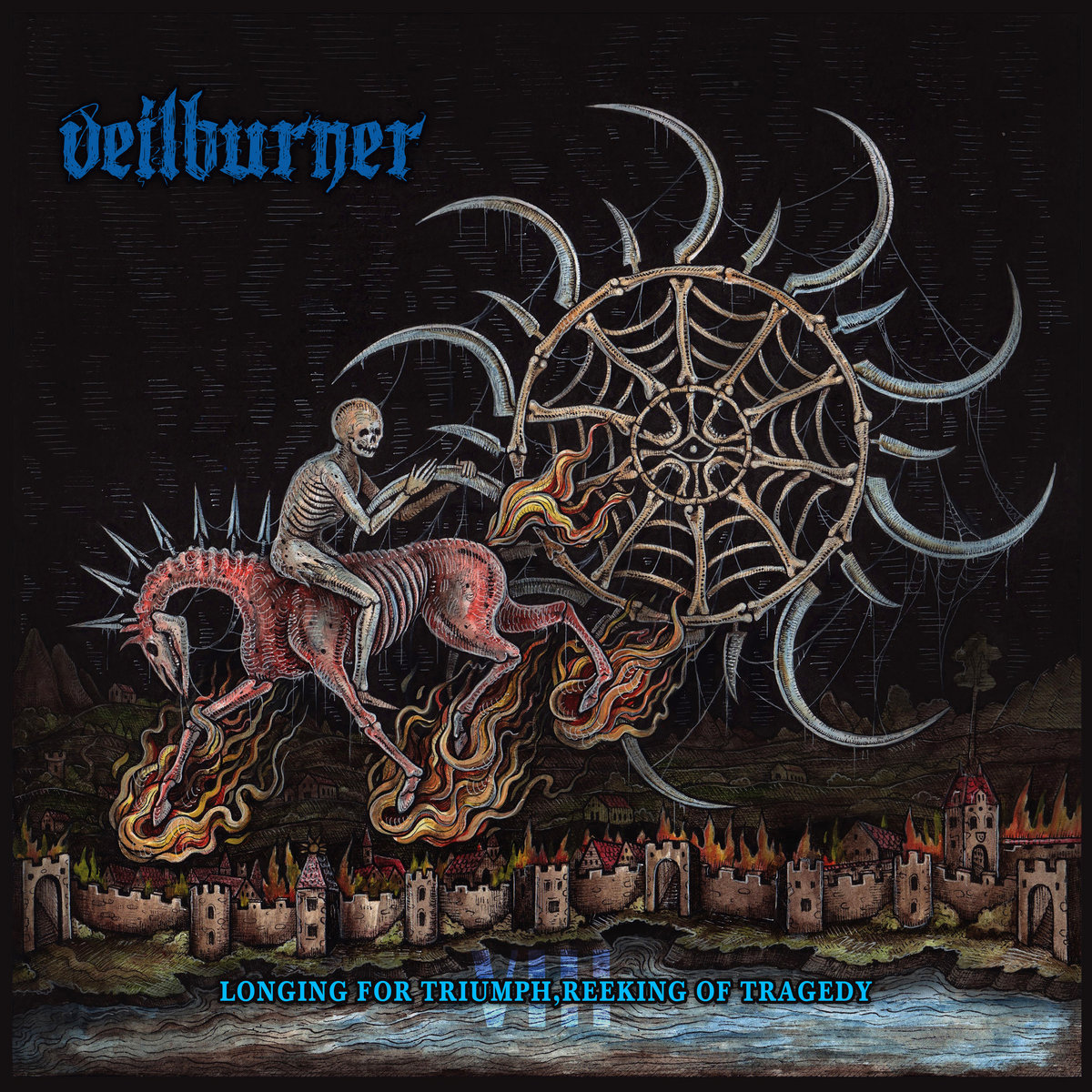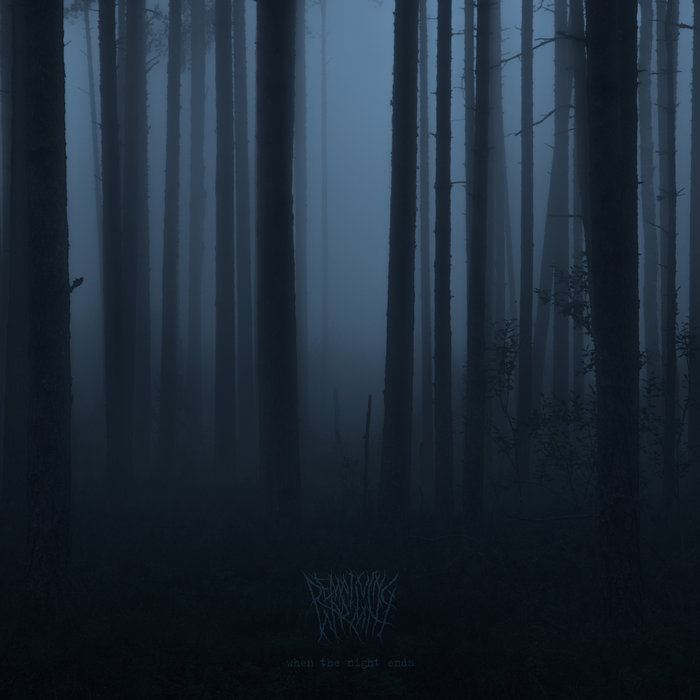A cascading cinematic concept album by one of Britain´s finest Post-Rock groups that has emerged in the last years. It takes inspiration from Scott´s ill-fated South Pole expedition in 1912 and the famous last words from one of the expedition´s members.
The band was formed in London in 2020 and debuted their full-length in 2022. It was a concept album too, titled Gap In The Clouds. The music was based on the consequences of Alzheimer´s. With this, they showed how suitable Post-Rock is in expressing emotions, hope, loss, and affection.
Alzheimer´s does not have a happy ending nor does the new album´s theme. The release takes its musical inspiration from the ill-fated South Pole expedition led by Robert F. Scott. It was a race who’d be there first, a race he lost to the Norwegian Roald Amundsen whose letter they found when they reached the South Pole five weeks after Amundsen. Beaten they had 1440 km to walk back through freezing blizzards. As history knows they did not make it.
While they were struggling to return, Scott was still keeping his diary knowing they were close to death and supplies were scarce. Suffering from frostbite Captain Oates of the expedition team knew he was delaying the others. Scott wrote that Oates went out of the tent into a fierce blizzard raging outside, sacrificing himself with the words ”I am just going outside and may be some time.”.
With this heroic allusion as background, Million Moons unfurls its musical canvas and fills it with multi-faceted musical colors. The music captures the excitement of setting sails toward the unknown wilderness, the optimism, the adventures into the vast freezing unknown, the struggle, and the tragic demise in the unforgiving icy landscape witnessed only by the aurora soaring above the tent with the dying men. The band is orchestrating their instruments as if this were a symphonic suite mixing dark and light sounds, rising cinematic crescendos, and vast placid parts with elusive translucent sounds. The music captures the hope and despair with an amazing take on instrumental Post-Rock.
Aptly the opening track is called ”Terra Nova” after the ship that sat sails with expedition members aiming to reach the South Pole after their leader, Robert F. Scott, had discovered the Arctic Plateau ten years previous. A soft piano opens the track with synths slowly gliding in dripping light droplets and the sound of a drifting glissading guitar as we imagine the ship drifting towards the Southern Hemisphere. The piano and the synth droplets merge as a guitar is strumming. Then the drums appear with double takes on the drum set using a fat sound that gives depth and energy to the music as it surges into a melodic crescendo.
”Unchartered Waters” takes the cue from its predecessors and opens with all instruments forming an optimistic melody that is immersed by dense guitars and fast and diverse drumming. The music halts to give room for wide sound effects gliding like mist through a clear night under the sky; a soft piano conveys a short sense of nocturnal stillness and the guitar adds quiet excitement. Then the optimistic music returns and is driven forward by the drums as it’s drifting, surging and melting into each other. The music sweeps upward and forward with the synths in its midst and surrounded by guitar cascades and driving drums.
The music follows the men into the wilderness with the song ”Voice of the Wild” which has an impressive composition when the gentle beauty of the piano is contrasted with swelling dense melodies, everything fusing like an overwhelming icy storm front that rushes from the cold glaciers and icebergs that make up the wilderness the men are in. ”Intruders in a Strange World” opens with a clear cold guitar above a dark stream of synths and sounds giving the sense of wind blowing over the icy plains. The music emanates a sense of foreboding as the synths grow darker beneath the guitar and the drums at the pace of heartbeats. Rising synths lift the sonics and reinforce the longing theme. The heart beats a bit faster until it’s all pulled back, taken over by hurried sound effects, joined by the hammering drums and distorted repetitive heavy riffs that push back at the advancing synth that tries to fight its way through the dense sounds.
The title song ”I May Be Some Time” opens with bright and dark sounds carefully seeping in and swelling above soft piano chords in reflective mode. The music becomes more and more meditative as it slowly fades away to give place to a rising distorted guitar that opens up for a layered yearning crescendo where - because of the album´s theme and the track’s title - might be an elegy. The crescendo disperses and wide synths and strumming clear guitar fills the vacated space. The distorted guitars come back and a surge lifts a high-pitched melodic guitar in a striking crescendo to end the track.
”Endure, Overcome” is yet another carefully melodic piece of Post-Rock with cinematic features soaring in memory of the dying heroes with fast bass and drums and high-pitched guitars in the dense and wide distorted melodic sonics before the album ends with the track ”Aurora”. The song develops from an echoing guitar and distant piano chords, a far-reaching elevated synth emanates and spreads undulatingly across the other instruments, hanging like a curtain in an ice-cold breeze. The music fuses and escalates with double takes on the fat drums. It is a layered orchestration, heavy at the bottom, and translucent at the top. Synths in choir mode appear as the music slowly swells into a layered beautiful part that assembles all that has been done before until it breaks down in darkness with only drums and cymbals.
After listening to this a couple of times or more, it feels like it’s the soundtrack to a new film yet to be made about the race to the South Pole.

